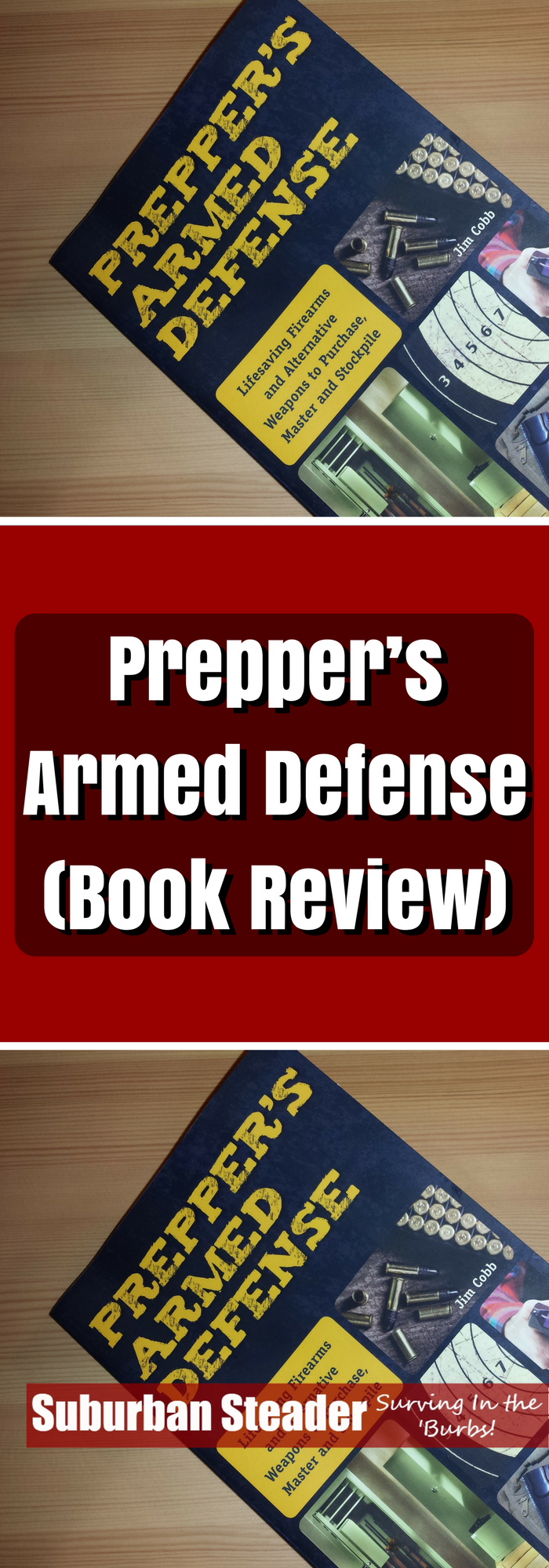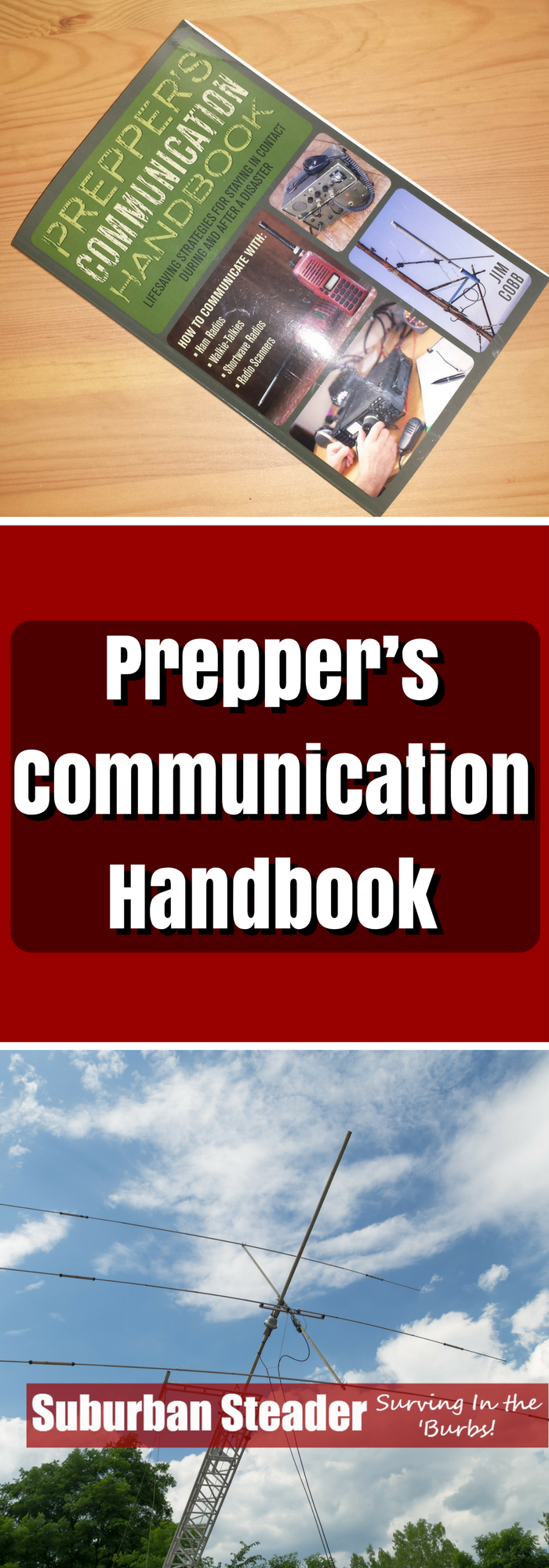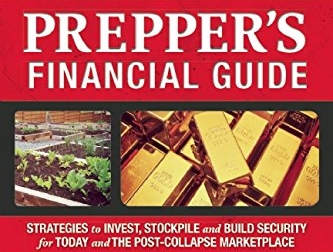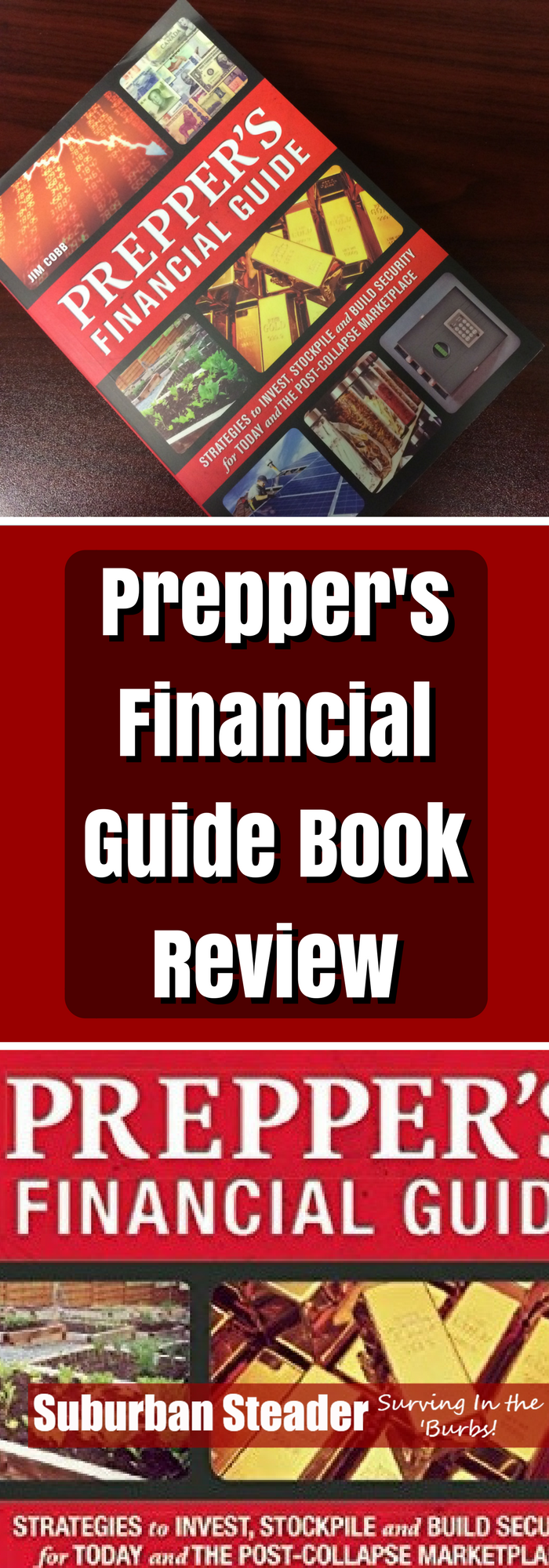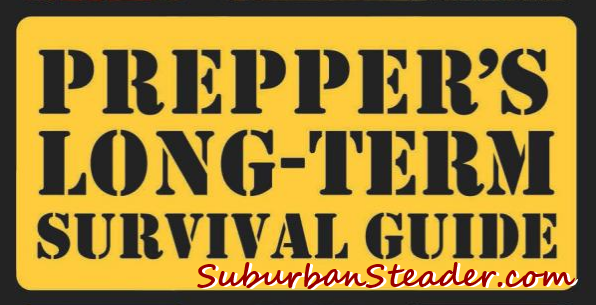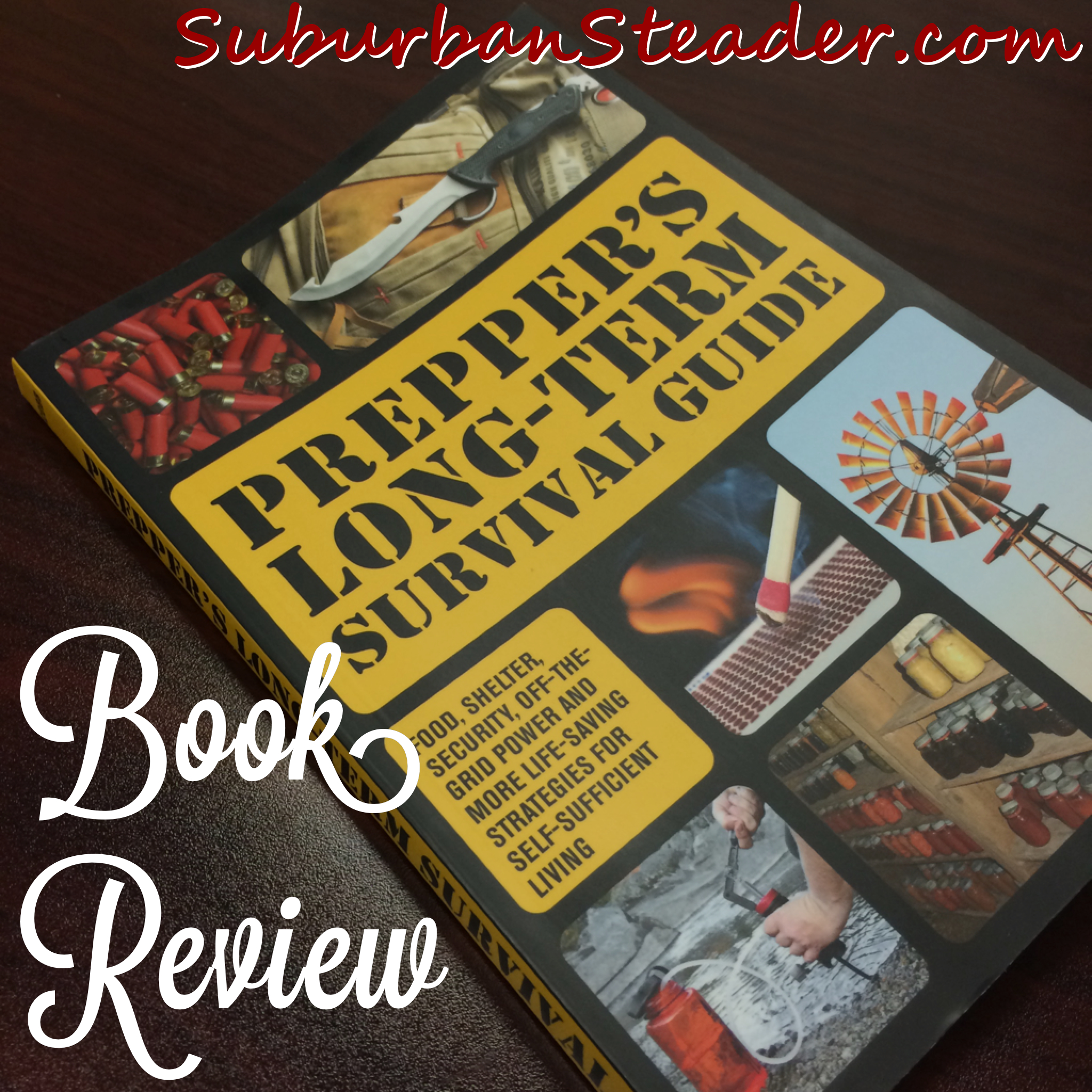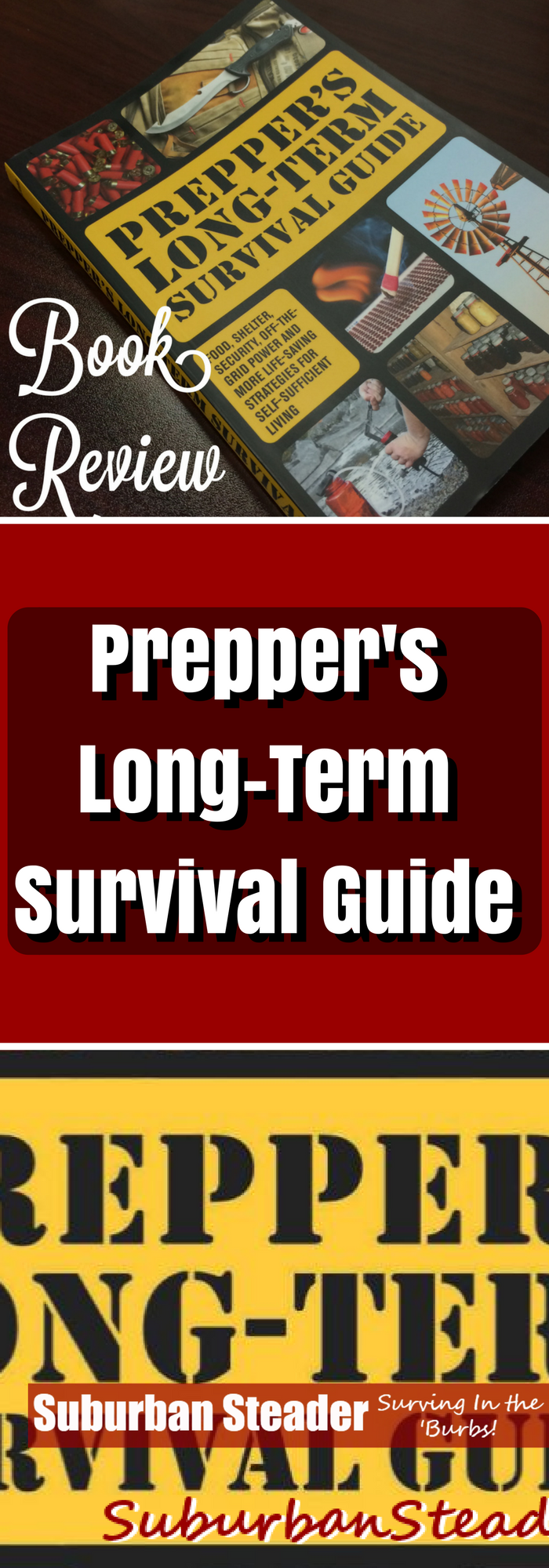Prepper’s Armed Defense (Book Review)
Armed defense is always an interesting topic when it comes to prepping, survivalism and suburban homesteading. At the end of the day, I strongly believe in a person’s right to stand their ground and protect themselves. Jim Cobb shares that belief. He has used his latest offering, Prepper’s Armed Defense, as a means of explaining how individuals can arm themselves in the pursuit of self-defense.
Book Set-Up
Jim Cobb has written numerous books to date and he has hit on a style that just plain works. He uses this style in Prepper’s Armed Defense. It’s a concise, intelligent approach that walks you through each topic and allows the reader to grow their knowledge base chapter by chapter. That being said, the inquisitive reader can skip to any chapter and consume that knowledge without needing the information provided in previous chapters.
The chapters are as follows:
Chapter 1 – The Realities Of Self-Defense
The unfortunate truth is that self-defense is nothing like it is shown in the movies. If the good guy thwarts the bad guy in a lethal manner (or even just maims him), he doesn’t get to ride off into the sunset with the girl. More than likely, he’s going to have a long talk with the local authorities and possibly even spend a night in jail before everything is squared away. Jim understands the reality of this situation and spends this chapter talking about these kinds of topics. He talks about such things as situational awareness, training, post-confrontation action plans, self-defense legal concepts (read up on the Castle Doctrine) and the difference between criminal and civil law. If you take one thing away from this chapter it’s that self-defense is not without possible legal ramifications and you should be prepared to handle that part of the act as well.
Chapter 2 – Non-Lethal Self-Defense Options
As Jim says, “the whole point of self-defense is to make sure you’re still alive and kicking come the next morning.” That means that if running gets you out of a situation, then it is just as good of a self-defense option as fighting (possibly a better one from a legal perspective).This chapter of Prepper’s Armed Defense centers on all kinds of non-lethal approaches to protecting and defending yourself such as pepper spray, stun guns, tasers, flashlights, and restraints. On a personal level, I found this chapter to be one of the most beneficial ones in the book as I believe the topic is highly underrated when it comes to self-defense in the prepper/survivalist/homesteading world.
Chapter 3 – Firearms
Ahhh, guns! Every keyboard commandos favorite topic. Listen, I’m a firm supporter and practitioner of the Second Amendment and completely believe in having firearms for self-defense. At the same time, I hope to never, ever have to use my firearms in a defensive manner. That being said, you can’t write a self-defense book without addressing the 800lbs gorilla in the room. Jim does a great job of writing about firearm selection, ammunition selection, safety (both in the home and handling) and maintenance required. Truth be told, this chapter of Prepper’s Armed Defense is a great primer for folks who are looking to buy their first firearm. Even this (somewhat) experienced firearm owner learned a thing or two.
Chapter 4 – Projectile Weapons
Keeping your distance from an attacker may be the difference between life and death in a self-defense situation. Projectile weapons help you keep that distance while also maintaining a certain degree of safety. Obviously, a firearm is the most lethal projectile weapon. But what if you can own a firearm or don’t want to? Well, there are other projectile weapons like bows and arrows, crossbows, slings and slingshots that can fill the void. Jim does a great job of describing all these weapons and spends a lot of time explaining how to properly fit and use them.
Chapter 5 – Knives
If you’ve been around this site at all, you know I like sharp things. Knives are something of a hobby for me (not as much as my buddy Mike at The Backyard Pioneer, but I digress…). That being said, I loved this chapter of Prepper’s Armed Defense. Jim dug right in and laid down all the basics about knives – folders vs fixed blade, blade material, handle material, blade geometry and general knife terminology.
Much like the firearms chapter, this chapter could be a stand-alone primer for the new knife owner. Once the basics were laid down, Jim spends time talking about knife fighting and how personal of an experience it will be. It’s not presented in a manner that is intent on scaring you off, but more as a means of laying down the reality of the situation. In his words, “Using a knife to intentionally harm another human being takes a certain mindset and commitment.” Be prepared if you’re going to use a knife for self-defense.
Chapter 6 – Melee Weapons
What’s a melee weapon you ask? Well, I didn’t really know either. According to Prepper’s Armed Defense, a “melee weapon is used in close proximity to your attacker.” They can basically be broken down into two categories – blunt weapons and bladed weapons. Blunt weapons include items such as brass knuckles, batons, bats, canes and walking sticks. Bladed weapons include items such as machetes, spears, tomahawks and karambits. Training is key for these items as understanding moving with them in hand is critical to success.
Chapter 7 – Martial Arts Weapons
It’s easy to foresee a situation where a trained martial artist would want to use something they’ve trained with such as a bo staff, nunchaku, tonfa or kubaton. In reality, unless you’ve spent a lot of time training with them, these weapons are not very realistic or practical for self-defense. Jim spends some time in this chapter walking you through some common martial arts weapons and the rest talking about important training with them is to your success.
Chapter 8 – Homemade Weapons
The MacGyver chapter of Prepper’s Armed Defense! Jim walks you through a bunch of homemade weapons such as homemade pepper spray, Molotov cocktails, hairspray flamethrowers, modified baseball bats (Lucille anyone?) and slungshots (not a typo). You’ve probably got everything you need in your house to make most of these and, while they’re not ideal, these items can be a great last line of defense.
Chapter 9 – Force Multipliers
Simply stated, “force multipliers are devices or tactics that allow you and your group to be far more effective against intruders than they might otherwise be.” Think about how surveillance cameras, drone cameras, alarms and booby traps could be in upping your ability to defend yourself. This chapter of Prepper’s Armed Defense had me thinking about The Walking Dead and all the preventative measures the different groups have set up around their locations. Jim does a good job describing the pros and cons of each force multiplier and he spends times talking about how you can roll them into your self-defense plan.
Final Thoughts Section
Jim summarizes the books and gives a few parting shots of wisdom which hinge on the fact that taking a life is no small matter. One must be prepared for the after effects of such a catastrophic event.
Resources Section
Prepper’s Armed Defense is gear and information heavy. Jim outlines a bunch of recommended resources – both knowledge-based and hardware – in this section.
Why I Liked Prepper’s Armed Defense
I’ve reviewed a lot of books by Jim Cobb at this point. In fact, I jump at the opportunity to read his books above most other folks in this genre. The reason for that is that Jim is very formulaic in the way writes a book. He provides information in a straightforward, no-BS kind of way. Jim’s approach doesn’t confuse and doesn’t mince words. He gets to the point and explains things in plain English.
What I Didn’t Like
Prepper’s Armed Defense didn’t spend a lot of time outside of Chapter 2 talking about ways to avoid the fight. Why is this important? Taking a life is a catastrophic event for both parties. The person performing the act will forever be haunted by it to some extent or another and I think that exaggerating the fact that one should avoid it as much as possible could have been more strongly presented to the reader.
Overall Thoughts on Prepper’s Armed Defense
I think Prepper’s Armed Defense by Jim Cobb is a good addition to your library if you are at all concerned with situations that would warrant self-defense. While it is gear heavy, it has to be to meet the requirements of the book. There is also a lot of thought on topics such as the end-effect of self-defense and how to avoid situations where self-defense may be required. As usual, Jim Cobb doesn’t disappoint.
Disclaimer: Jim Cobb supplied a copy of Prepper’s Armed Defense for me to review. I can assure my readers that I gave it a fair and honest review.
